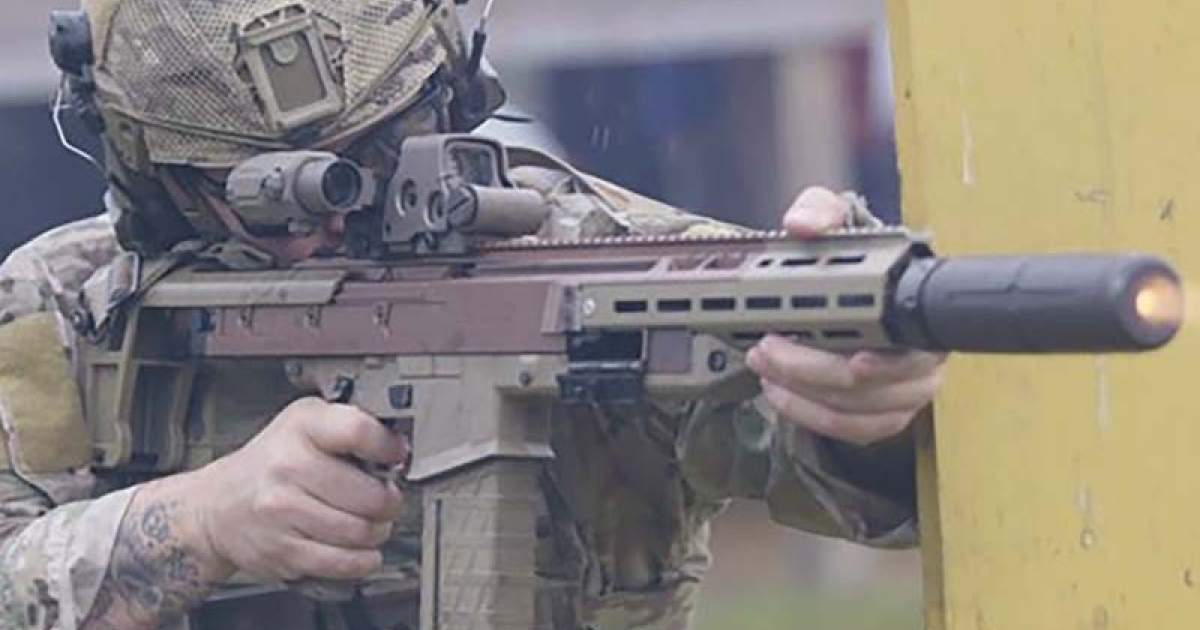daftandbarmy
Army.ca Dinosaur
- Reaction score
- 29,262
- Points
- 1,160
I used to carry 100lbs of heavy ammunition, now I have to carry 100lbs of 'light' ammunition 
The New Lightweight Bullet That Saves Fatigue ... And Fuel
The smallest of weight-saving presents "plentiful" benefits for defence, so says BAE Systems.
The weight of carrying ammunition can be a burdensome task.
Just ask the guy carrying belts of 7.62 mm around his neck. Or the boffins who have to calculate the fuel costs of getting a division's worth of 5.56 mm to warzones like Iraq or Afghanistan.
All that brass and all those pellets come in incredibly heavy. That has all sorts of consequences ranging from transportation costs, the ease of distributing it to those who need it, and of course, the infrastructure required for stowage.
So perhaps it is no surprise then that munitions suippliers and the Ministry of Defence alike have a genuine business interest in reducing the weight of ammunition.
And that starts with the individual round.
Two bullets. Placed side-by-side it is hard to see any significant differences.
One of them, the standard 5.56 mm round, used by the British Army on range days and operations, weighs in at 12.7 grams. But the other, BAE System's new prototype lightweight round, weighs just 10.9 grams. A weight loss of 1.8 grams.
Although it is only the equivalent of a single playing card, and while you might be forgiven for thinking, why all the fuss, the benefits to such a saving soon becomes clear.
In discussing this, BAE Systems said those benefits are "plentiful," adding:
"Any reduction in equipment weight, often referred to as 'dismounted infantry load', makes mobility easier and allows greater tactical flexibility."
While there are many pieces of equipment that add to the overall load on a soldier, one common denominator across the services is ammunition. The cartridge case makes up most of the round. It is, therefore, the most logical area for munition experts like BAE Systems to aim their weight reduction efforts towards.
The New Lightweight Bullet That Saves Fatigue ... And Fuel
The New Lightweight Bullet That Saves Fatigue ... And Fuel
The smallest of weight-saving presents "plentiful" benefits for defence, so says BAE Systems.
The weight of carrying ammunition can be a burdensome task.
Just ask the guy carrying belts of 7.62 mm around his neck. Or the boffins who have to calculate the fuel costs of getting a division's worth of 5.56 mm to warzones like Iraq or Afghanistan.
All that brass and all those pellets come in incredibly heavy. That has all sorts of consequences ranging from transportation costs, the ease of distributing it to those who need it, and of course, the infrastructure required for stowage.
So perhaps it is no surprise then that munitions suippliers and the Ministry of Defence alike have a genuine business interest in reducing the weight of ammunition.
And that starts with the individual round.
Two bullets. Placed side-by-side it is hard to see any significant differences.
One of them, the standard 5.56 mm round, used by the British Army on range days and operations, weighs in at 12.7 grams. But the other, BAE System's new prototype lightweight round, weighs just 10.9 grams. A weight loss of 1.8 grams.
Although it is only the equivalent of a single playing card, and while you might be forgiven for thinking, why all the fuss, the benefits to such a saving soon becomes clear.
In discussing this, BAE Systems said those benefits are "plentiful," adding:
"Any reduction in equipment weight, often referred to as 'dismounted infantry load', makes mobility easier and allows greater tactical flexibility."
While there are many pieces of equipment that add to the overall load on a soldier, one common denominator across the services is ammunition. The cartridge case makes up most of the round. It is, therefore, the most logical area for munition experts like BAE Systems to aim their weight reduction efforts towards.
The New Lightweight Bullet That Saves Fatigue ... And Fuel


